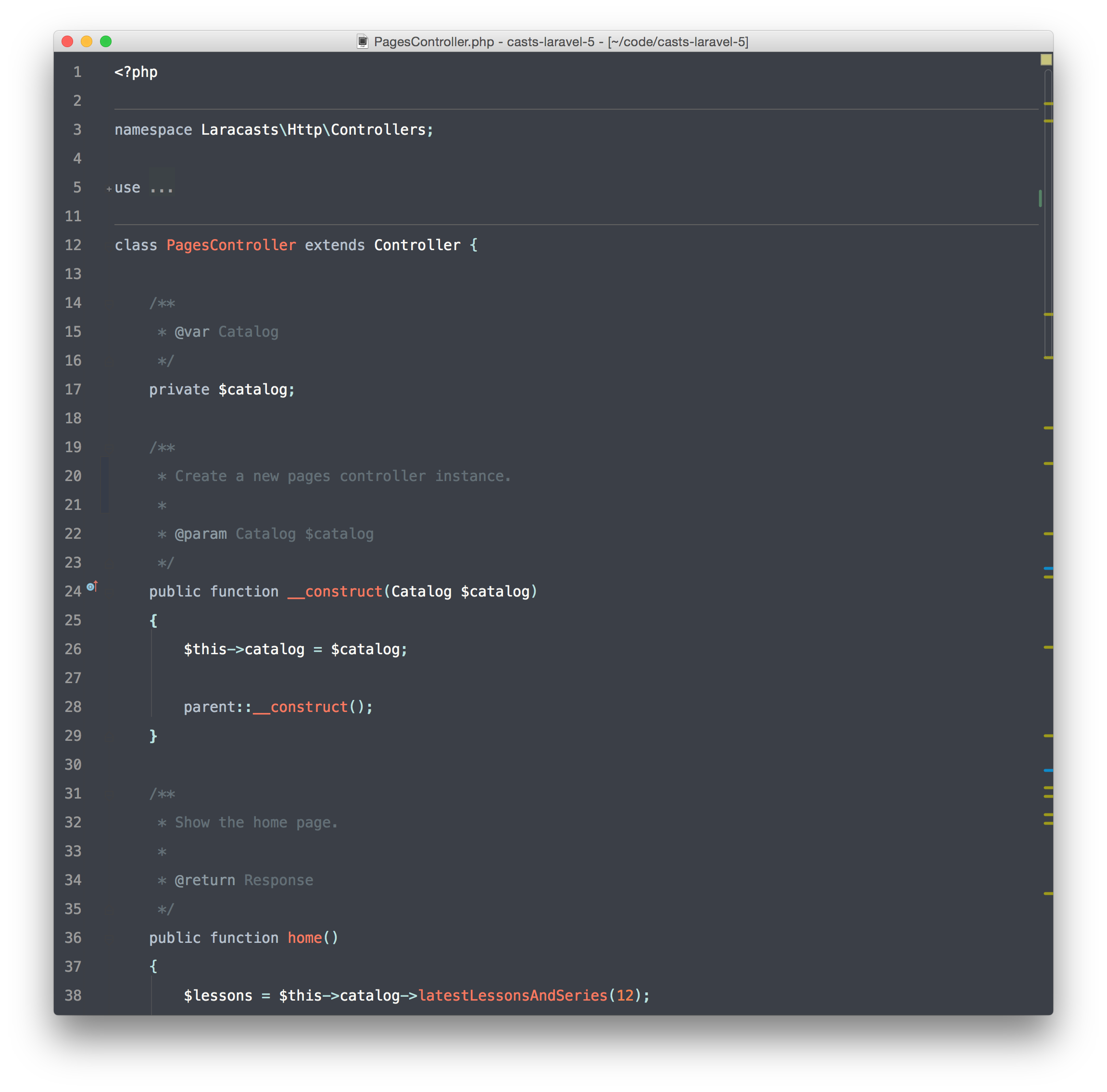Initially, Monads are the biggest, scariest thing about Functional Programming and especially Haskell. I've used monads for quite some time now, but I didn't have a very good model for what they really are. I read Philip Wadler's paper Monads for functional programming and I still didnt quite see the pattern.
It wasn't until I read the blog post You Could Have Invented Monads! (And Maybe You Already Have.) that I started to see things more clearly.
This is a distillation of those works and most likely an oversimplification in an attempt to make things easier to understand. Nuance can come later. What we need when first learning something is a simple, if inaccurate, model.
This document assumes a beginner's knowledge of pure functional programming and Haskell with some brief encounters of Monads, e.g. [Functors, Applicatives, And
